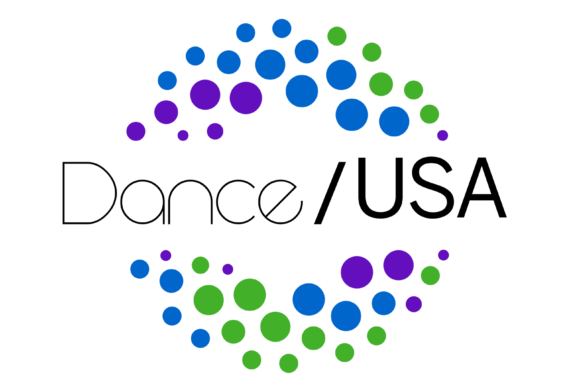So, You Think You Can Ace College Dance?
I spend a lot of time thinking about the transition from college to the professional
field of dance and all the places that dance study can take you. So it
was fun when a friend asked me to think about study skills for dancers
just entering college. If you and I were to sit down for coffee, read on for some ideas I’d encourage you to think about and discuss with
your new classmates.
Sugary Deals, Dissolving Dance Troupes and the Riddle of Accessibility
While the River to River Festival in Lower Manhattan and on Governor’s Island offers artists who participate welcome
exposure to the public, these performances, sponsored by the Lower
Manhattan Cultural Council and its dance-loving president, Sam Miller,
were also implicated in a real-estate scheme meant to lure
culturally sophisticated (i.e., wealthy) audiences into parts of the
city earmarked for development, but still blighted in the aftermath of
Hurricane Sandy.
Working Internationally: More Than Just Touring With a Passport
Working abroad holds an enormous catalogue of
benefits for American artists and our nation: increased visibility;
expanded marketplaces; enrichment of the art form through global
exposure; decreased insularity; plus the more elusive contribution that
dance enhances public diplomacy between our country and the world. While many
dance organizations are eager to work abroad, lack of knowledge and resources can make it difficult to happen. Read on for more on bridging the passport divide.
Writer, Educator, and Speaker Liz Lerman Receives Dance/USA Honor
Liz Lerman is a performer, choreographer, writer, educator, and
speaker. She has been described as “the source of an epochal revolution
in the scope and purposes of dance art” by The Washington Post.
Her aesthetic approach spans the range from abstract to personal to
political. This month Lerman receives the 2014 Dance/USA Honor Award
during the organization’s annual conference in Minneapolis.
David Brown: Danseur Noble, Administrator Extraordinaire
D. David Brown has had an illustrious career, first on stage and as a second act he spent two decades at Boston Ballet as production manager, general manager, and executive, before moving over to Pacific Northwest Ballet. At Dance/USA’s 2014 annual conference, Brown will receive Dance/USA’s Ernie
Award (named for Ian “Ernie” Horvath). The award is given to an
individual working “behind the scenes” in the dance field to empower
artists.
Colleen Callahan-Russell Bringing Dance to Diverse Schools and Communities
In 1984, Colleen Callahan-Russell was teaching dance at North High
School one of the Twin Cities’ most racially diverse schools. She’d
attended several basketball games and loved the players’ moves. So she
asked the team, state champs in basketball that year, if she could
choreograph a game for them. The players were game, especially when she
began rehearsals by working with the Harlem Globetrotters’ theme song.
By the time the piece reached the stage of the Walker Art Center as part
of a Choreographers’ Evening, Colleen had switched the music to
Vivaldi. Her dancer/athletes were unfazed and got a standing ovation. Read more about Callahan-Russell, Dance/USA 2014 Inspiration Award recipient.
Saving Our Collective Memory
Are we ignoring or squandering our 20th century modern dance legacy? As if the public agony of the Martha Graham Dance Company weren’t
enough, the tragedy of the Cunningham company’s disappearance should be a
wake-up call to all American dance companies and arts funders. Dance critic Robert Johnson examines this issue.
Toward a New Definition of Arts Administrator
You might have heard the saying: “Those who can, do; those who can’t,
teach.” In fact, if you’ve worked in the arts, not only have you most
likely heard this, but you might also consider what I feel is the
implied third part of this phrase, “Those who can’t do either,
administrate.” This article is ultimately about arts administrators; read on for more.
Advocacy: Anywhere and Anytime
I’d never experienced face-to-face
advocacy firsthand to gain true insight into its meaning — and outcomes.
In imagining what my first governmental advocacy meetings might be
like, I wondered: How could I be the most effective voice in
representing a diverse field of artists? Do I need to be an expert on
the issues? Ultimately, what sort of impact can I make? Read on for more from Michelle Lynch Reynolds.



What’s the Score?
Does sport have anything to do with ballet? Artistry poses infinite questions. Sport is finite. It ends. It pits two
teams, or several individuals, against each other to compete for one
very decided, satisfying goal: who has the most points? Who was first to
reach the finish line? These aren’t questions we ask about ballet.Read and discuss this timeless and timely issue: athlecism and artistry. We want to hear what you think.